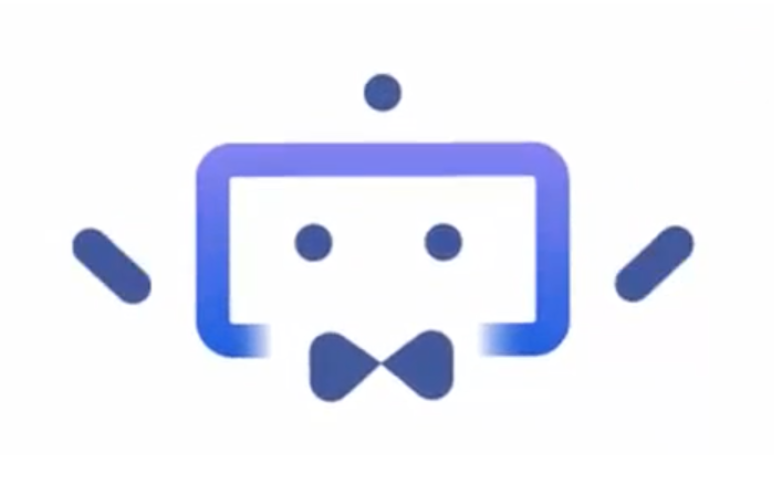w3 Digital Assistant (w3DA)
-
Role
Conversation designer
-
Company
IBM | Office of the Chief Information Officer (CIO)
-
Team
UX designers and researchers, visual designers, engineers, project managers, and stakeholders
-
Company background
The Office of the CIO owns IBM’s IT strategy and provides workstations, devices, infrastructure, and tools for more than 300,000 IBMers to do their jobs every day.
-
Problem
Routine business activities—such as searching internal systems for paystubs or scheduling meetings—can slow down an employees day. Our team saw an opportunity to assist IBMers with these tasks so they could focus on more strategic work.
-
Opportunity
The goal of the project was to offer every IBM employee a digital assistant that would answer questions quickly and automate day-to-day tasks.
Overview
Working with stakeholders across business units, I collaborated with a dedicated team that helped lay the foundation for increased productivity across the enterprise, working as a conversation designer on the early stages of an AI-powered digital assistant that has since been deployed across the global workforce. This high-level process to create the conversational responses included:
Providing human-centered “Do this, not that” guidance on tone and style that advocated for employees to help build trust during initial use of the pilot. Crafted a playbook to help early adopters understand goals, challenges, and onboard. Developed early maintenance processes to preserve consistency for the user.
Meeting with SMEs to understand pain points, learn which user questions were most common, and what types of queries users could troubleshoot on their own if clear guidance was provided. Developed prototypes and iterated based on user testing to evolve the tone and personality of the w3DA.
Developing intents, creating sample queries, and writing responses based on research or documentation. Created fallback responses and addressed error-handling.
Reviewing conversation flows with product owners and iterating based on feedback. Handed off content to visual design team and developers for integration into the model.
Putting the w3 Digital Assistant to work
The w3DA’s voice needed to be that of an experienced, trustworthy, approachable, and friendly IBMer. It needed to be smart, helpful, and (especially early on in its training) apologetic when needed. To help our design team, early adopters, and SMEs stay on-brand, we developed clear content guidance as part of our playbook.
We not only needed to learn what tone best suited the w3DA, but we needed to understand the most optimal message length to encourage users to interact with the agent. To understand this, we conducted user testing with long-form responses—often with copy pulled directly from IT support articles—compared to shorter conversational versions I would create. The research was clear: Participants found shorter responses more engaging and, in those instances, were more likely to find the information they were looking for.
“When I joined the CIO Design digital content team, I was put on [the w3DA project], where Chelsea had already been embedded for six months. The work was new to me, and I had a lot of questions. Chelsea immediately set to work getting me up to speed, scheduling regular meetings, being available to answer my many questions, and being an all-around incredible teammate.
“I attribute my success on that team to her. And I attribute my enjoyment of coming into work every day with having Chelsea on my team. She's a strong writer, an attentive editor, an empathetic content designer.”
— Patricia Orsini, content and conversation designer,
RBC Clear | former IBM content designer

